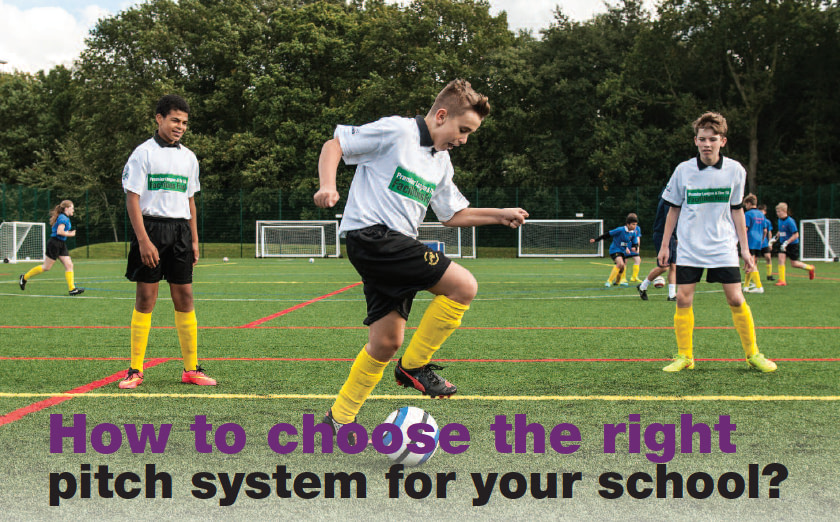
This should determine your choice of surface. Below are some guidelines:
Hockey
The ideal surface is a non-directional, dense sand-dressed surface, around 18mm in pile height with a surface fibre weight between 1600 and 2000g per sqm. It will have a sand dressing with approximately 14kg per sqm, that is evenly brushed into the surface so that it is no longer visible.
It will be laid onto a shockpad, most commonly made of recycled tyre rubber with a particle size between 1-4mm and a resin binder of at least 10% content, to hold it together. A well laid pad should last at least two pitch lives.
This pad will be a minimum of 15mm thick when laid onto a porous asphalt base. It is possible to lay a thicker pad of 20mm onto a well constructed, compacted and free draining, tight stone base, and achieve the same performance characteristics.
This surface can accommodate recreational football, tennis and lacrosse. The pitch and surrounds can be in different colours, with different colours also used for the playing lines.
Rugby
The ideal surface is a 60mm long fibre that is straight, made from monofilament yarn and has free fibre at least 20mm above the infill. The ideal surface weight should be above 1700g per sqm to ensure the infill is less visible and play is on the upright fibres.
The infill material will consist of a base sand layer, ideally using a clean, rounded material that is between 0.3 and 1.00mm in size. Onto this is a layer of recycled rubber crumb, normally between 0.5 and 2.00mm in size.* The performance of the infill depends heavily on how well the infill material is applied.
To meet World Rugby standards a shockpad has to be used. This is normally a 25mm pad constructed with 2-6mm size rubber and 10% minimum binder content. Alternatively, factory made pads also can help a pitch meet the requisite standards. The pad would normally be laid directly onto a well constructed, compacted and free draining, tight stone base.
This surface can also meet FIFA standards for football and is good for lacrosse.
Football
There are more surface options for football, often depending upon what other sports are under consideration. As above, a 60mm pile height surface with a pad works perfectly with rugby. For hockey it is much different and a lower pile height around 40mm, probably using a fibrillated fibre would need to be used, and even then the quality of hockey play is very low.
For pure football use, the two options are to lay a 60mm monofilament surface onto a stone or porous asphalt base, or a 40mm surface onto a shockpad, onto a stone base. The type of a shockpad is the same as rugby.
Whichever pile height is chosen the aim is to leave at least 20mm of fibre free. In terms of weight, again more fibre plays and looks better, and lasts longer, so go for at least 1600g per sqm.
Smaller multi-use areas
For many schools there are seldom used old tennis courts that could be converted into a productive synthetic turf area. Once again the sports to be played on these should determine the type of surface chosen.
For a tennis/netball court a short pile synthetic turf offers a friendlier surface than plain tarmac and can also be used for the new Hockey 5s, cricket practice and recreational football.
For 5 a side football use, a 40mm fibrillated surface is ideal, and this can also allow some light hockey training.
The importance in choosing the right surface and system is a key decision in why a school needs a pitch. When the level of sport to be played – school matches for example – dictates, then the highest quality should be looked at. When it is more about maximising hours of use then durability becomes a key factor.
For more advice on what system to choose speak with a pitch provider, fellow school that has a synthetic turf pitch or a recognised pitch consultant.
*Recent press reports have linked rubber crumb to carcinogens that can cause cancer. All rubber that is used in synthetic turf pitches and pads is tested to the same World Health Organisation standards as children’s toys. Governing bodies of sport, including FIFA and World Rugby, regularly monitor independent tests and have issued statements confirming that recycled rubber is safe.
Enjoy This Post?
Sign up for regular updates direct to your inbox




